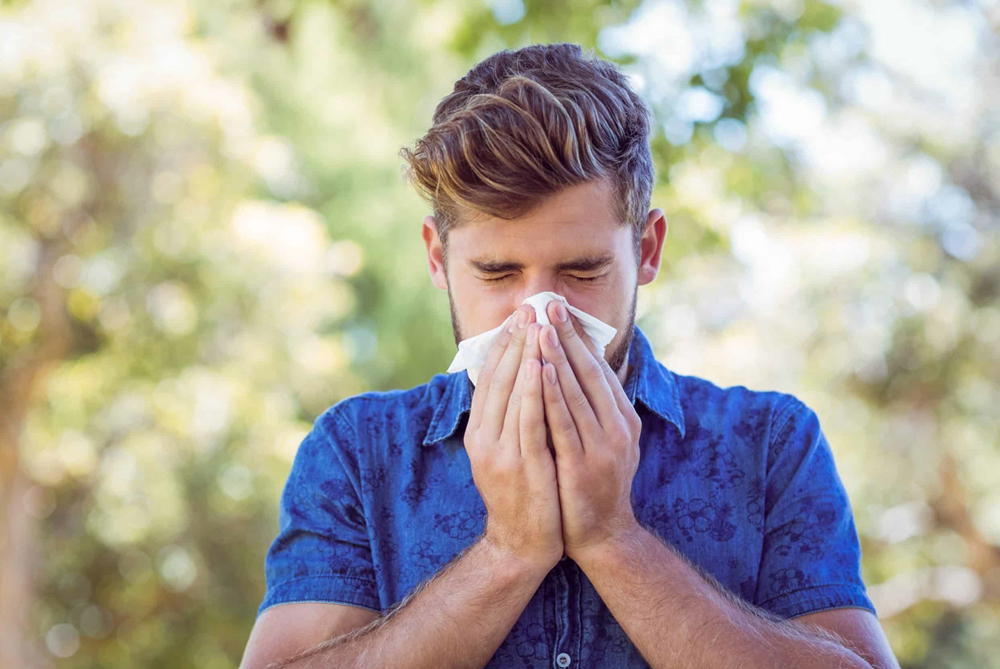Allergies are a widespread health issue, affecting millions of people around the world. While some may experience only mild discomfort, others can face severe, life-threatening reactions. Understanding the most common allergies and their triggers can help individuals better manage their symptoms and stay safe.
What Are Allergies?
An allergy occurs when the immune system mistakenly identifies a harmless substance, such as pollen or food, as a threat. In response, the body releases chemicals like histamine, which can cause a range of symptoms from mild irritation to severe reactions like anaphylaxis. Allergies can affect people of all ages and can develop at any point in life.
The Most Common Allergies
Pollen Allergies (Hay Fever)
- Pollen from trees, grasses, and weeds is a major cause of seasonal allergies, also known as hay fever or allergic rhinitis. Symptoms include sneezing, runny nose, itchy eyes, and congestion. Pollen allergies are most prevalent during the spring and fall, when plants are pollinating. While not life-threatening, hay fever can significantly impact quality of life by causing persistent discomfort and interfering with daily activities.
Food Allergies
- Food allergies are among the most serious, as they can lead to severe reactions like anaphylaxis. The most common food allergens include peanuts, tree nuts, shellfish, fish, milk, eggs, soy, and wheat. Symptoms can range from mild itching or hives to more severe reactions like swelling of the throat, difficulty breathing, and a drop in blood pressure. For those with food allergies, strict avoidance of the allergen and carrying emergency medication, like an EpiPen, is crucial.
Dust Mite Allergies
- Dust mites are tiny creatures that thrive in household dust. They are a common trigger for allergies, causing symptoms such as sneezing, runny nose, itchy eyes, and even asthma. Dust mite allergies are often a year-round problem, as these mites are found in bedding, carpets, and upholstered furniture. Regular cleaning, using allergy-proof covers on mattresses and pillows, and maintaining low humidity levels can help reduce dust mite exposure.
Pet Allergies
- Pet dander, which consists of tiny flakes of skin, is a common allergen, especially from cats and dogs. Pet allergies can cause symptoms such as sneezing, runny nose, itchy eyes, and skin rashes. In some cases, exposure to pet dander can also trigger asthma attacks. For those with pet allergies, it may be necessary to limit exposure to animals or take allergy medications to manage symptoms.
Mold Allergies
- Mold is a type of fungus that grows in damp, humid environments. Exposure to mold spores can trigger allergic reactions, leading to symptoms like sneezing, congestion, and itchy eyes. Mold allergies are often worse in damp areas like basements, bathrooms, and kitchens. Keeping these areas dry and well-ventilated, along with regular cleaning, can help reduce mold exposure.
Insect Sting Allergies
- Insect stings from bees, wasps, hornets, and fire ants can cause allergic reactions in some individuals. While most people will experience pain, swelling, and redness at the sting site, those with insect sting allergies may have more severe reactions, including anaphylaxis. It’s important for those with insect sting allergies to carry emergency medication and to avoid situations where they may be stung.
Managing Allergies
Living with allergies requires ongoing management to avoid triggers and minimize symptoms. For many, this means taking allergy medications, avoiding known allergens, and making adjustments to their environment. Regular check-ups with an allergist can also help in managing symptoms and finding the most effective treatment options.
Conclusion
Allergies are common but can range from being a mild inconvenience to a serious health concern. Understanding the most common allergies and how to manage them can help those affected lead a safer, more comfortable life. Whether it's pollen in the air or peanuts in a snack, being aware of potential allergens and taking proactive steps can make a significant difference in managing allergic reactions.



